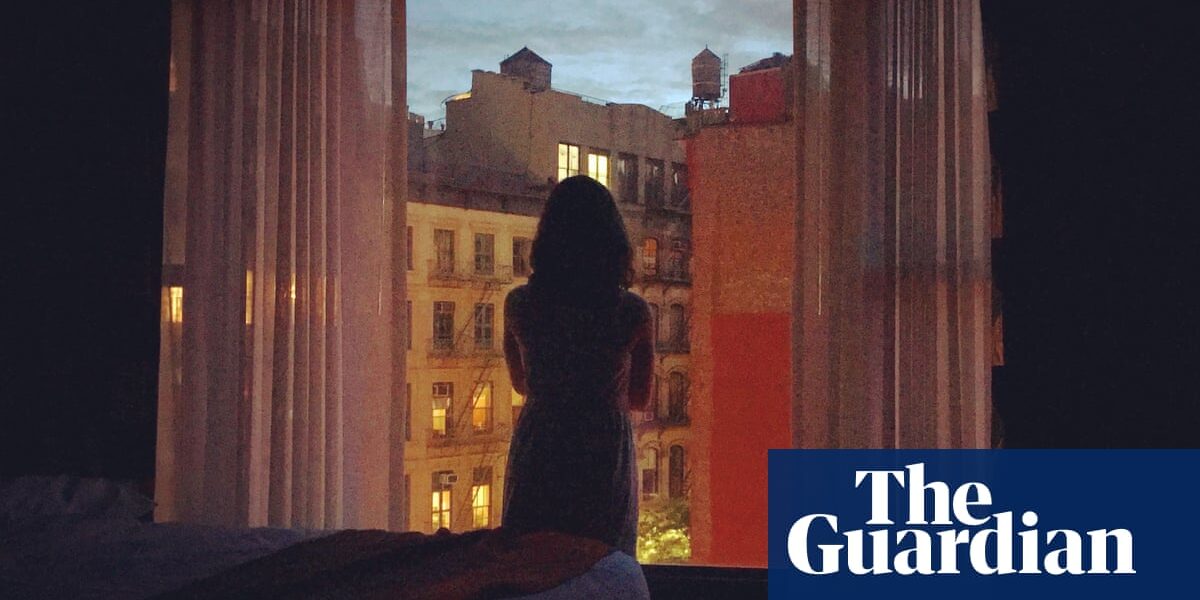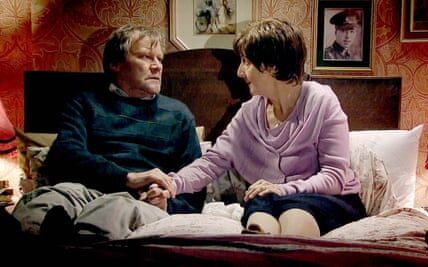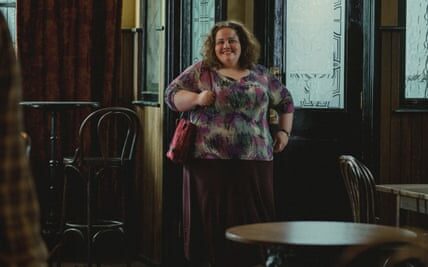
T
The title’s day is a combination of three separate days: a morning in 2019, a locked-down afternoon in 2020, and an evening in 2021, when travel and gatherings are once again possible. On April 5th of each of these years, Michael Cunningham closely examines the lives of the individuals he encounters in a Brooklyn apartment, capturing their experiences in what he calls “specimen hours”. Twenty-five years after his novel The Hours, which featured three Mrs Dalloways in different times and cities, Cunningham returns to a firm three-part structure that highlights contrasts and connections. And he continues to have unwavering faith in the project that brought together modernist writers like his influences Joyce and Woolf: the attempt to express the vast inner worlds of ordinary people over the course of a single day.
Before, during, and after: these are the key stages of the couple’s relationship, although the concept of “before” carries a sense of being late as they struggle to revive their youth in their marriage. Dan and Isabel, who have entered middle age, have both adapted to each other and changed as parents, and are no longer the same couple who initially fell in love. Isabel has been longing to escape long before the virus forces her to stay indoors. As she looks at the departures board and reflects on women who leave everything behind, she is connected to Laura Brown from The Hours, a woman who is quietly desperate and cannot continue to make perfect birthday cakes. In this moment, Isabel is sitting on the stairs, feeling “paralyzed by her own insignificance”, and envisions never moving again; future residents of the apartment will have to maneuver around her.
The characters in the novel are constantly examining their emotions and questioning their failures, leaving little room to focus on anything else. As six-year-old Violet expresses her fear and begs her family to close the windows to protect their loved ones, the author successfully creates a sense of suffocating tension.
Everyone, including the reader, wants the company of Isabel’s younger brother, who has the gift of lifting the inertia and making joy with whatever materials he finds. Isabel and Dan both feel themselves more “in love” with Robbie than with each other, and we get portraits of two further partnerships: one between ardently, indefinably devoted brothers-in-law (this is territory Cunningham explored in 2010’s By Nightfall), and one between siblings.
In his eighth book, Cunningham continues his dedication to exploring various forms of intimate and familial love, including heterosexual, homosexual, maternal, fraternal, and platonic. However, his writing goes against traditional labels and showcases the complexity and beauty of all types of relationships. While a family with a heterosexual couple and children may be one example, it is not portrayed as more heroic, erotic, or intricate than any other type.
Expanding the scope of emotional connections within a small area of Brooklyn, a woman arrives who has given birth to a child using Dan’s brother’s donated sperm. And then, the brother also enters the scene. The events of 2020 cause these relationships to either disintegrate or bind people together, placing strain on their dynamics. By the conclusion of the story, each character has been rearranged, yet their transformations continue.
Cunningham has previously written about an outbreak, not the first occurrence. In The Hours, he drew a parallel between the shell-shocked soldier in Mrs Dalloway and a poet dying from Aids. This was a bold decision, yet he was able to avoid blending the different tragedies together. In his latest novel set during the Covid pandemic, Cunningham once again takes inspiration from Woolf (with George Eliot also playing a prominent role in his research). The structure of To the Lighthouse is evident throughout: Woolf’s three-part format for a story about a family before and after a time of separation, darkness, and loss is mirrored in Cunningham’s work. He compares his material to hers. While some may argue that the mournful scene in an empty house with a rock band T-shirt as a tribute to Mrs Ramsay’s cloak was unnecessary, the reunion of the family in the absence of a central figure is movingly portrayed. This final section stands on its own with a contemporary and unique perspective, while also capturing echoes of other eras and other survivors.
The word “day” is carefully crafted, almost as if it were receiving a gentle massage, searching for the smallest of hidden tensions. It takes a lover to remind us that Dan, a charming but ordinary man, is often overlooked in the world of art, even by the Greeks and those who came after them. Every aspect of life, no matter how insignificant, is given its proper attention. The full spectrum of emotions is captured and examined. This intense focus creates one of the most interesting dynamics in the novel, mirroring the overanalyzed relationships that the women in the story are exhausted from. They crave a break from being studied so intently.
The most lively and memorable character is Violet, a clever and confident young girl who anticipates the reactions of her tired but devoted audience. In comparison, Violet may remind readers of Lucas, a visionary child in Cunningham’s previous novel Specimen Days. Unlike Lucas, who was consumed by the Industrial Revolution and left injured, Violet is well-cared for and free to explore her emotions, even finding solace in animals and the night sky. This is a compassionate portrayal by Cunningham, who allows Violet to experience sadness and the weight of the world on her shoulders while also granting her the freedom to escape to non-human connections.
Source: theguardian.com


